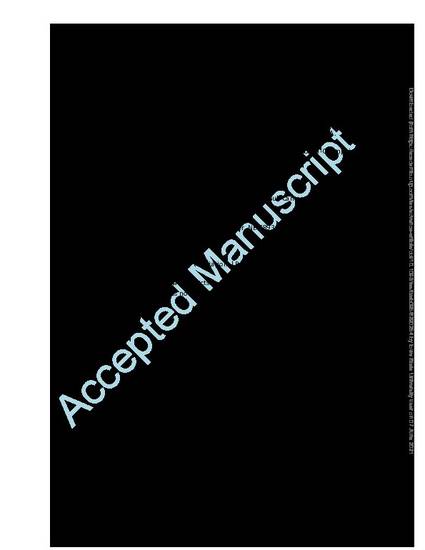
Neonatal piglets can experience both a decrease in body temperature and hypoxia, increasing risks for pre-weaning mortality. This research evaluated the effects of drying and providing supplemental oxygen to newborn piglets on rectal temperature (RT) over the first 24 h after birth. The study used a CRD with 3 Intervention Treatments (IT; applied at birth): Control (no intervention), Drying (dried using a desiccant), Oxygen [dried using a desiccant and placed in a chamber (at 40% oxygen concentration) for 20 min]. A total of 42 litters (485 piglets) were randomly allotted to treatments at the start of farrowing. At birth, each piglet was given a numbered ear tag, weighed, and the treatment was applied; RT was measured at 0, 20, 30, 45, 60, 120, and 1440 min after birth. Blood was collected from one piglet from each birth weight quartile within each litter at 24 h after birth to measure plasma immunocrit concentration. There was no effect (P > 0.05) of IT on piglet RT at 0 or 1440 min after birth. Between 20 and 60 min after birth, piglet RT was lower (P ≤ 0.05) for the Control than the Drying treatment, with the Oxygen treatment being intermediate and different (P ≤ 0.05) from the other two IT. The effect of piglet birth weight on responses to IT were evaluated by classifying piglets into Birth Weight Categories (BWC): Light (< 1.0 kg), Medium (1.0 to 1.5 kg), or Heavy (> 1.5 kg). There were IT by BWC interactions (P ≤ 0.05) for piglet RT at all measurement times between 20 and 120 min after birth. Relative to the Control, the effects of the Drying and Oxygen treatments on RT were greater (P ≤ 0.05) for Light than heavier piglets. Plasma immunocrit concentrations tended (P = 0.07) to be greater for piglets on the Control treatment compared to the other two IT and were lower (P ≤ 0.05) for Light than Heavy piglets, with Medium piglets being intermediate and different (P ≤ 0.05) to the other BWC. In conclusion, drying piglets at birth reduced the extent and duration of RT decline in piglets in the early postnatal period compared to undried piglets, especially for those of low birth weight. However, the combination of drying and placing piglets in an oxygen-rich environment provided no additional benefit over drying alone.
Available at: http://works.bepress.com/richard-gates/86/

This is a manuscript of an article published as Vande Pol, Katherine D., Andres F. Tolosa, Raphael O. Bautista, Naomi C. Willard, Richard S. Gates, Caleb M. Shull, Catherine B. Brown, Stephan AS Alencar, Clay A. Lents, and Michael Ellis. "Effects of drying and providing supplemental oxygen to piglets at birth on rectal temperature over the first 24 h after birth." Translational Animal Science (2021). DOI: 10.1093/tas/txab095.